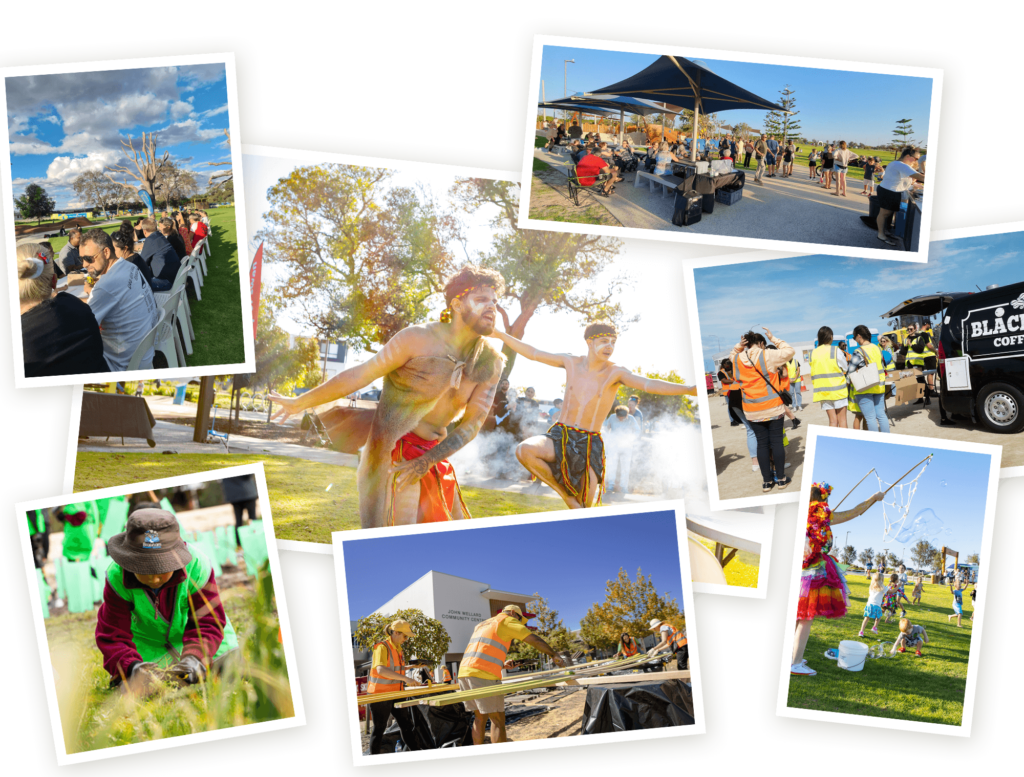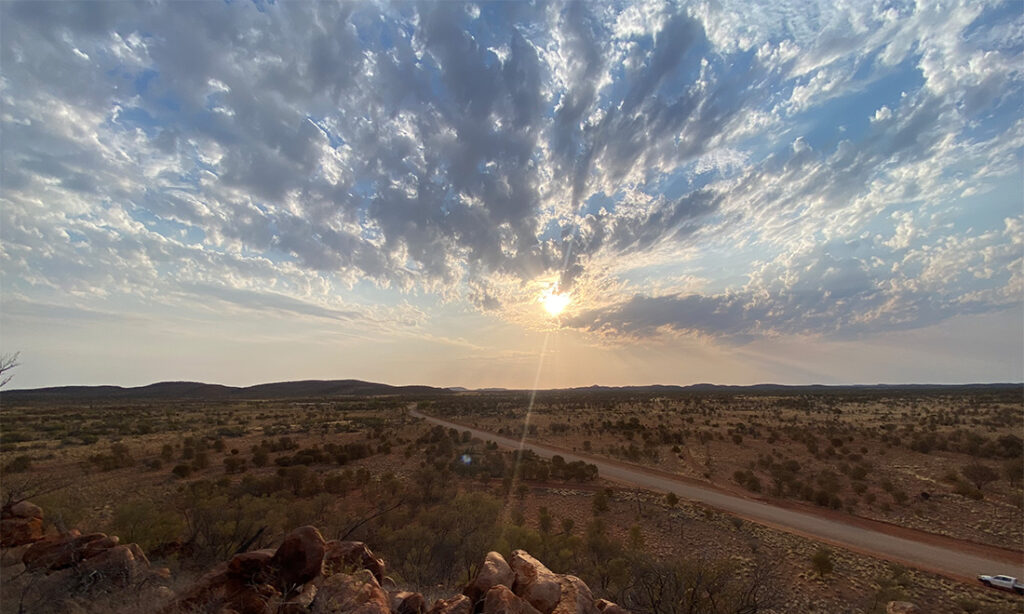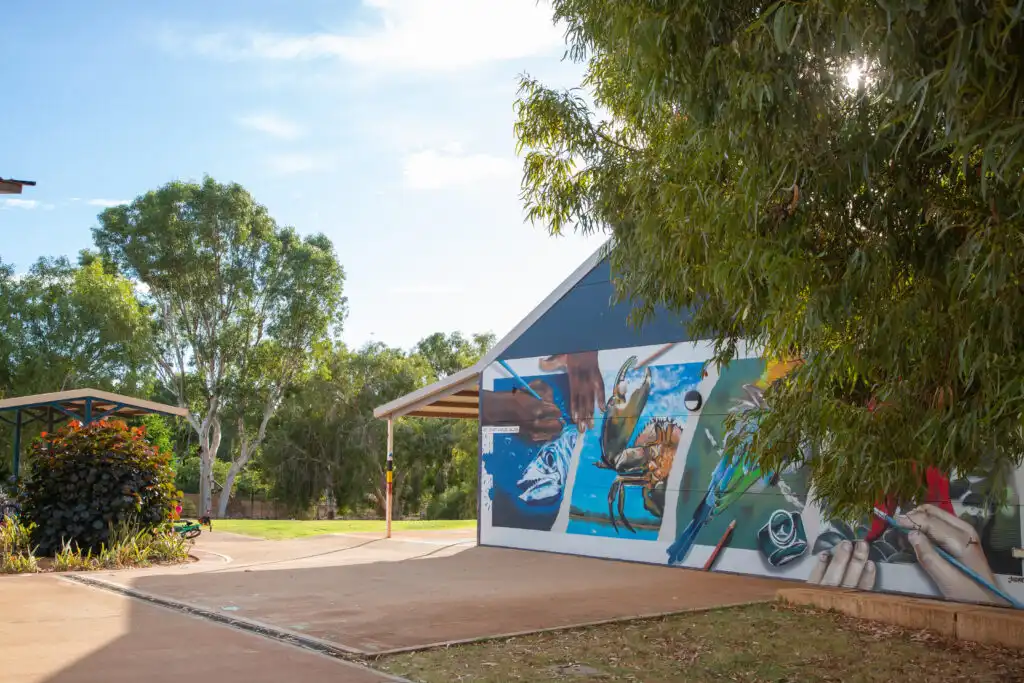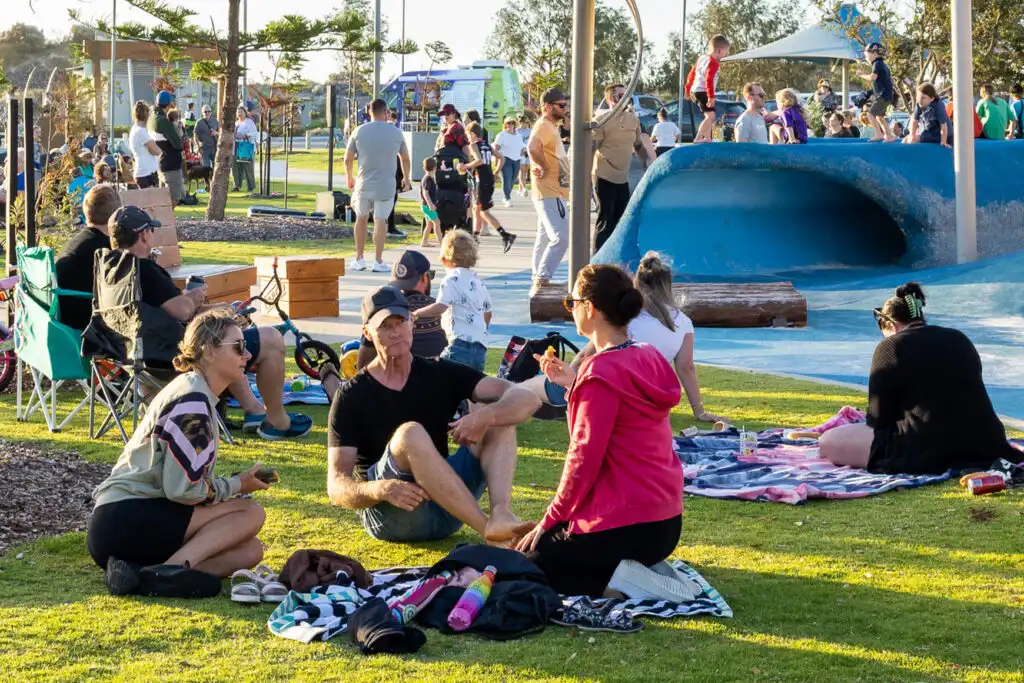Asset Mapping is a positive-focused way of celebrating community resources and connecting individuals, organisations and spaces for collaboration, empowerment and support.
By mapping a community’s resources spatially within a geographic boundary, we can discover its strengths and uncover gaps and solutions to improve a community’s health.
Why map community resources?
Community assets are defined by the UCLA Center for Health Policy Research as “anything that improves the quality of community life.”
Giving the community information and access to assets that make their neighbourhood a better place to live is reason enough, but some more benefits we’ve observed include:
- Promotes relationships between community members and organisations.
- Provides visibility and contact details for community organisations.
- Identifies location data around issues to see if adequate support exists, or where best to locate new support.
- Inventories the social wealth of a community: people, services, resources and places, and reveals how community members can access these assets.
- Acknowledges a community’s social, cultural and natural environment assets –beyond money and capital investment.
- Focuses on the positive: what a community does have, rather than what it lacks, and how existing resources can address needs and improve community life which is especially helpful when external funding is not available.
- Enables residents to feel empowered and educated to create change from within their community.
- Collects data that can be used to provide evidence when applying for grants or funding.
Identifying community capital
The first step is to identify and reach out to possible partners – both individuals and organisations – that can help you inventory your community’s various assets. Remember, people will have different areas of knowledge, different experiences of the locations, different cultural understanding and different networks, all of which will build a stronger, and more diverse, asset map.
Together, decide on a geographic boundary line for the map and determine the types of assets to include, or not include, (for example, will you include local businesses, or only not for profit organisations)?
Find assets through word of mouth, physically travelling and observing through the boundary area, yellow pages online and/or neighbourhood directories, local government websites and local media. Document these assets in a database before organising onto a map.
Things to consider when creating an Asset Map
Purpose
Think about why you are creating the asset map, and who it is for. Is it because you are collating a general inventory of all community assets, or is it addressing a specific need for a specific audience? For example, if you are wanting to focus on children and families, you might choose to map parks and natural assets, recreation centres, schools and educational facilities, health care and child care facilities.
Permissions
Before including an individual or organisation on your map, contact them for formal permission and include the information you’ll be displaying.
Categorisation
Group your assets by category to make it easy for the user to find what they need. Use different colours or icons to represent different categories and display a legend to clearly inventory the different areas they can explore. With a bird’s eye view, this can help show the assets the community is abundant in and can uncover areas for improvement or growth.
Cultural resources
You may want to look at cultural resources in the area by mapping customs, areas and activities that conserve traditions, celebrate diversity and promote understanding within the community.
Natural resources
Record the natural resources of the community, for example, parks, rivers, beaches and native bushland – and how they can be accessed.
Local knowledge
Map government offices, educational institutions, hospitals, police stations and public transport. Ask locals what they are proud of, or find useful, and would like included on their community map.
Community participation
Asset mapping can be a fantastic way to develop community relationships. Interested community members and organisations can interact, share ideas and information and work together to initiate a means to inspire the community to utilise its assets and learn more about where they live.
Example of an asset map
We recently worked with the City of Vincent to produce a Community Asset Map documenting their facilities, parks and reserves, educational institutions, environmental groups, family-related assets, facilities for older adults, recreation, support and connection assets, town teams, co-working spaces, social enterprise groups and facilities for young people.

A comprehensive map of community networks, spaces and places within the City of Vincent. Every community, including City of Vincent, has a tremendous supply of people doing great things and we hope this map encourages you to explore your local neighbourhood and connect with the wider Vincent community.
For help with identifying, documenting and mapping your community’s assets, contact us at Creating Communities.





